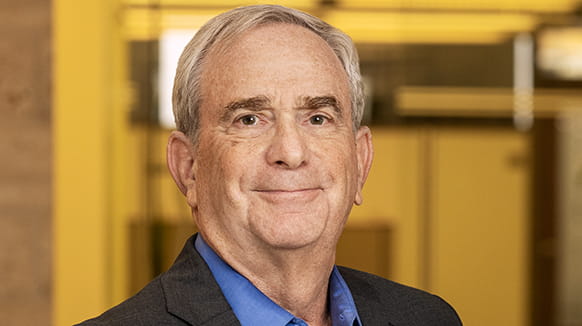In a major departure from over 20 years of practice, the EPA announced on January 25 that it is withdrawing the “once in, always in” (OIAI) interpretation of the hazardous air pollutants (HAPs) program. The OIAI required sources of HAPs to permanently comply with Maximum Achievable Control Technology (MACT) standards applicable to major sources of HAPs, even when those sources’ emissions are below major source levels. Below is an explanation of the OIAI policy, the reasons cited for withdrawal of the policy, and the implications of the withdrawal for emitters of HAPs.
Section 112 of the federal Clean Air Act, as amended in 1990, lists nearly 200 air pollutants as HAPs, and designates sources that emit 10 tons per year or more of any individual HAP, or 25 tons per year or more of all HAPs combined, “major sources.” Major sources are required to install MACT, comply with related reporting, record-keeping, and other standards promulgated by the EPA, and apply for Title V Operating Permits. The OIAI policy provided that a source could reduce its HAPs emissions below major source levels and thereby avoid “major source” requirements if it made enforceable reductions by the “first compliance date,” which the EPA defined as the first date under the MACT rules that a source would be required to comply with an emission limitation or other substantive requirement. If a source’s emissions were at major source levels at the first compliance date, then it would always be considered to be a major source even if it reduced HAPs emissions to below major source levels -- hence, the policy became known as “once in, always in.”
The EPA’s primary rationale for withdrawing the OIAI policy is that it believes the policy is “contrary to the plain language of the [Clean Air Act].” The Clean Air Act defines the emission levels that constitute major source status, but does not provide any deadline or other temporal standard regarding when major source status is determined and whether major source status, once determined, is permanent even if emissions are later reduced. The memorandum therefore concludes that the EPA had no authority to impose the OIAI policy.
The withdrawal of OIAI means that at any time, a source may reduce its HAPs emissions to below major source levels and thereby bypass the MACT and related requirements applicable to major sources. Owners of such sources, however, must ensure that their HAPs emissions cannot exceed major source levels due to either (i) physical and operational limitations of the source or (ii) an enforceable limitation on HAPs emissions that keep HAPs below the major source levels. In general, it is usually a good idea to obtain an enforceable limitation, as that helps clarify that a source is not major. If a source wishes to rely upon the new policy to increase its HAPs emissions while remaining below major source levels, it should be sure that it obtains any permit authorization needed for the increase. Finally, source owners should keep track of developments, because the EPA stated it plans to issue notice that it may adopt regulations to reflect the new policy, and it is likely that its withdrawal of OIAI may be challenged in court.

